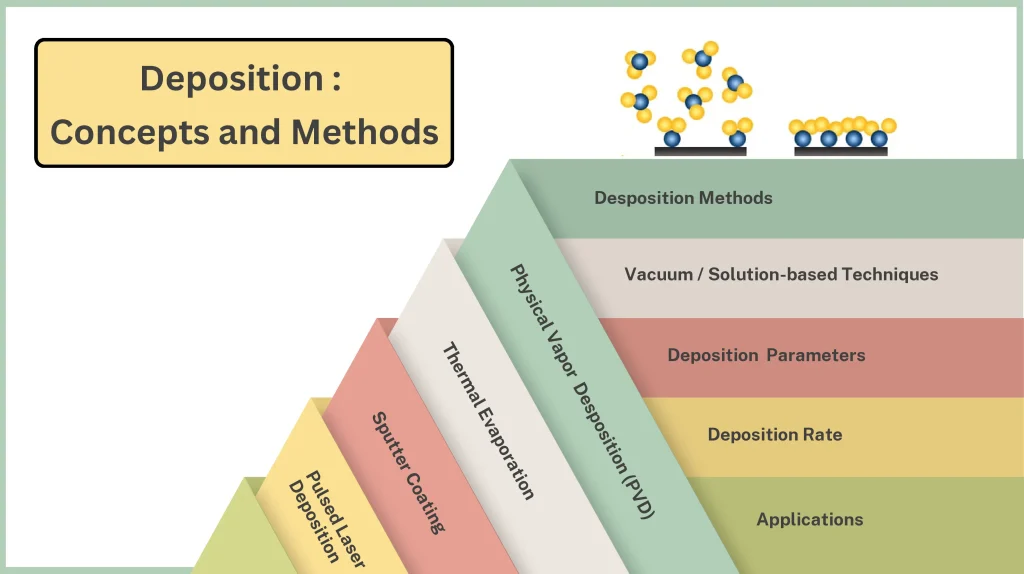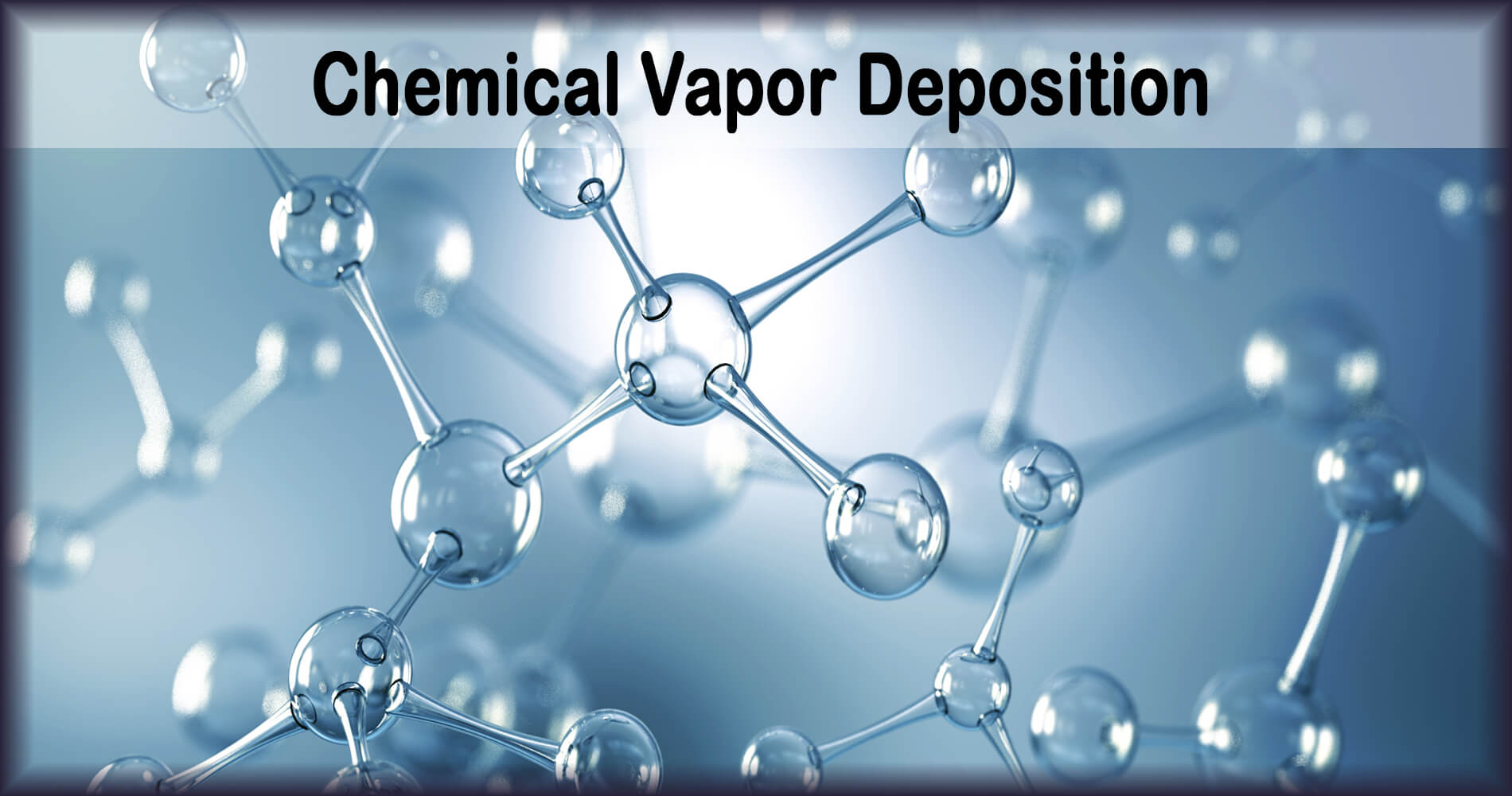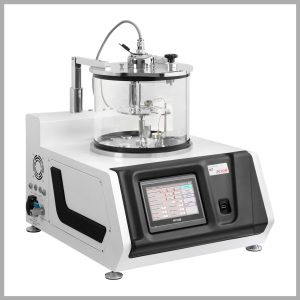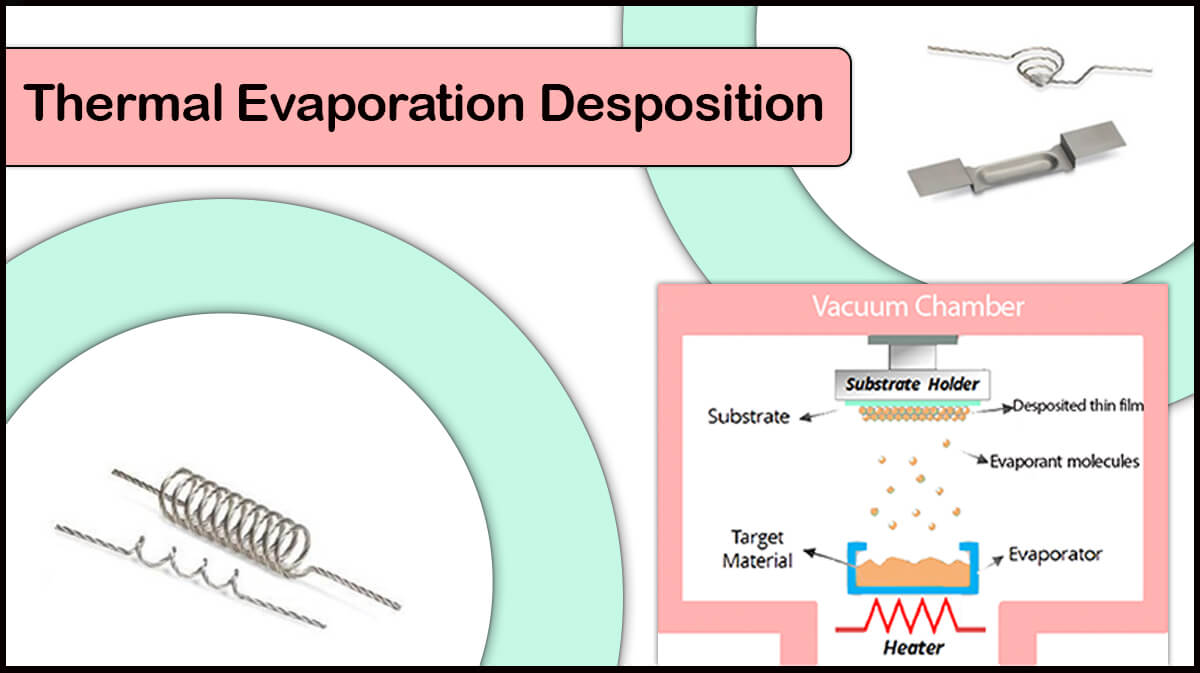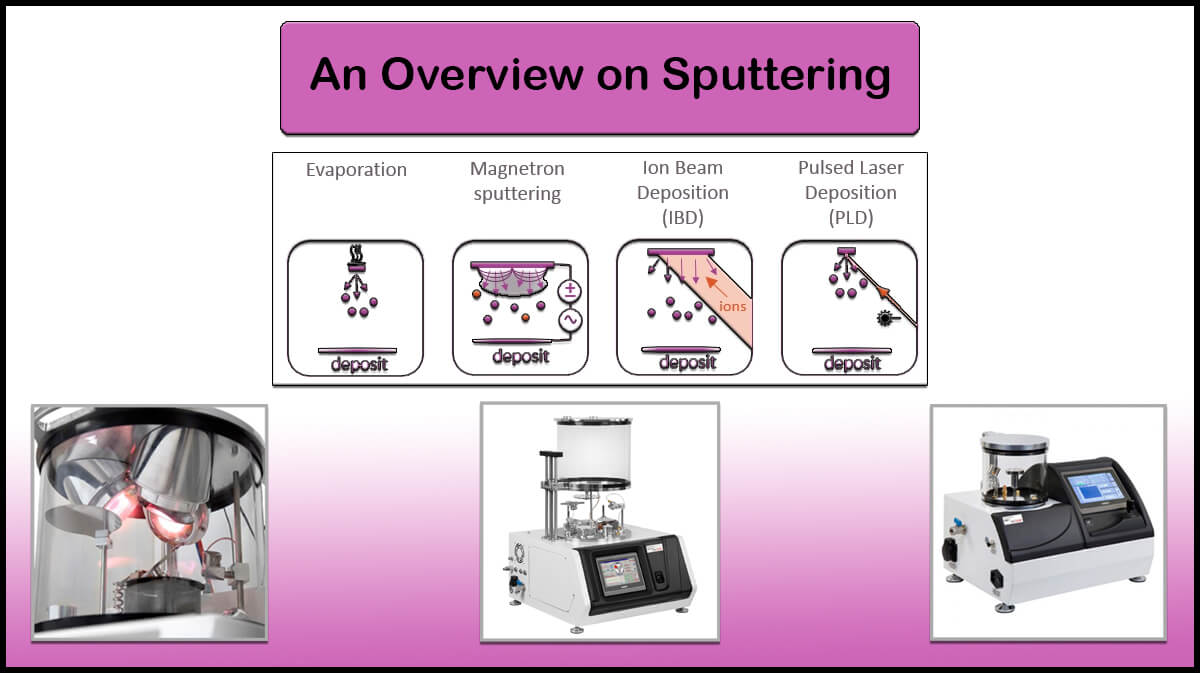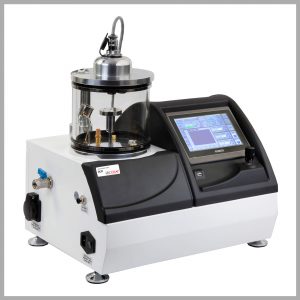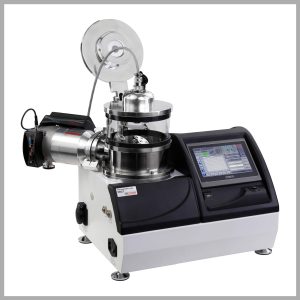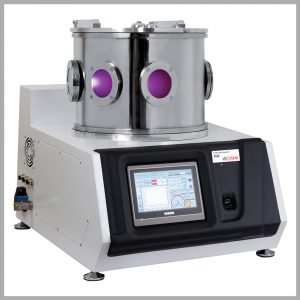Deposition processes help to create thin or thick layers of a substance, established atom-by-atom or molecule by molecule on a solid surface. The created layer during a deposition process serves as a coating on a surface and changes the properties of the substrate surface depending on the application. The thickness of the deposited layers in this process can be in the range of one atom (Nanometer) to several millimeters, depending on the coating method and the type of material.
Several methods exist for creating a layer of different materials on different surfaces. These methods are mainly categorized based on deposition physics, like the source phase, which can be the vapor or solution phase of the source material.
Why Deposition?
It has many advantages on surfaces and bulk materials that help to:
- Preserve rare materials
- Create new products, such as nanostructures and nanocomposites
- Reduce waste and energy consumption for environmental considerations
- Improve functionality of existing engineering, medical, or decorative products
Deposition Applications
The creation of different coatings on various surfaces has numerous applications in diverse areas, including:
- Decorative or functional coatings
- Conductive thin films
- Energy harvesting thin films as in solar cells and batteries
- Wear-resistance coatings
- Gas and water permeation barriers
- Biomedical applications
- Thin film fuel cells
Different methods exist due to the phase of the coating process environment. Accordingly, the coating concepts vary due to the process type.
Deposition from the solution phase happens through particulating the material from a chemical solution, sol-gel, or electrochemical deposition. So, deposition chemistry should be studied thoroughly to extract the concepts. Examples of the coating techniques utilizing the solution-phase process are spraying, spin coating, plating, chemical reduction or corrosion, and electroless deposition. In the following, we will introduce some them.


It is used to deposit a thin layer of the target material on a flat substrate. Usually a small amount of liquid material is poured on the center of the substrate and then the substrate begins to rotate so that the material with a certain density is spread on the substrate by centrifugal force and coat it.
Electroplating coat a surface through an electrochemical deposition process in which a metal is coated on a conductive surface by reduction of metal cations using a direct electric current. This method is cheaper than other methods and is used to improve surface conductivity, corrosion resistance, and decorative applications.
In the spraying process, particles or droplets of the target material are sprayed onto the substrate to deposit on it and form a layer.
Vacuum Deposition
If the process is performed in an environment with a pressure lower than atmospheric (Vacuum), it is called vacuum deposition. Vacuum level can be in the range of low vacuum (LV), high vacuum (HV), or ultra-high vacuum (UHV). In vacuum coating methods the process is performed from the vapor phase of the source material.
In a vacuum environment, the density of atoms is reduced, which leads to an increased mean free path of atoms. In addition, vacuuming the environment can remove undesirable gas atoms in the environment and bring the chemical composition of the layers closer to the desired chemical formula. However, one of the problems arising in vacuum coating machines is the leakage problem, which makes designing these systems intricate.
This method is divided into two categories of chemical vapor deposition (CVD) and physical vapor deposition (PVD) depending on the physical or chemical reactions happening during the process.
CVD Process
In the CVD process, the suspended particles in the coating chamber (Chemical vapors) are subjected to chemical processes such as composition and decomposition and finally deposited on the desired surface as a dense and solid layer. In this method, volatile by-products are usually created, which are removed from the chamber by the process gas flow.
If plasma is used to improve chemical reactions in the CVD process, it is called plasma-enhanced CVD (PECVD).
PVD Methods
The main concept in the PVD method is that the solid target material is converted to vapor phase, then bombards the substrate surface and coats it. The formulation of this process in physics is studied comprehensively to improve PVD technologies. Its parameters, such as deposition rate, temperature, pressure, etc vary in different methods of coating. The deposition rate is discussed below as an example.
Deposition Rate
A vapor deposition chamber is a non-homogenous system that is not in thermodynamic equilibrium containing a vapor of pressure p and its condensate, in which the number of evaporating and condensing particles is not equal. The coating concepts can be mined from the kinetic theory of gases, hence the expression of Hertz and Knudsen for the evaporation of solids or liquids into vacuum for a non-equilibrium condition can be derived as follows:
Where Ne is the number of evaporated atoms, A is the area of the evaporation source, av is the evaporation coefficient, p (p*) is the (Saturation) vapor pressure of the evaporated material in the vacuum chamber, m is the molecular or atomic mass, kB is the Boltzmann’s constant, and T is the temperature.
The spatial distribution of vapor current density of evaporated mass m1 from a plane source can be derived by integration on the infinitesimal quantity “dm=(m1/π) cos α dω” emitted into the solid angle dω= dA/r2, which leads to the matter current per solid angle Ф (α) = (m1/π) cos α = Ф0 cos α.


The film thickness distribution on a tilted substrate at a source to substrate distance r and tilt angle θ is given by the Hertz Knudsen Law:
R = Ф(α)(cos θ)/r2 = (m1/π)(cos α cos θ)/r2
Film thickness distribution differs for different substrate geometries, as depicted in Figure 3.
PVD Process Types
According to the way the solid is converted to the vapor phase, the PVD process types is divided into different categories, which are briefly reviewed below.


In the thermal evaporation method, the material is heated utilizing the resistive heating phenomenon. In metal evaporation, the source material is loaded onto a boat/coil/basket and heated as a result of passing high-current through the source holder, then evaporates due to its melting point temperature. For carbon evaporation, the coating process takes place by heating the carbon fiber (Thread) or rods employing directing high-current through the carbon source. The evaporated species of the source material settle on the substrate as a thin film.
Vac Coat offers a variety of products using thermal evaporation of metals and carbon sources, namely DTE and DTT (Single and triple source thermal evaporator), carbon coaters (DCR ,DCT, DCT-300) ), and hybrid coaters that combine thermal evaporation of metal/carbon with sputter coating (DSCR, DCT-T-300, DSCT, DSCT-T, DST2-TG, and DST3-T) models.
In this method, pulsed laser deposition, the high-energy pulsed laser strikes the surface of the target material, causing its molecules to be removed. These molecules then sit on the substrate surface. PLD-T system manufactured by Vac Coat Ltd. in addition to use for PLD process, is equipped with thermal evaporation feedthroughs to do thermal evaporation deposition.
In this method, by bombarding the surface of the target material with high-energy ions of argon gas, the molecules of the target surface are removed and deposit on the substrate.
Sputtering has many variants like magnetron sputtering, multiple magnetron sputtering, bias sputtering, GLAD, reactive sputtering, unbalanced sputtering, ion beam sputtering, etc.
There are several models of Vac Coat’s device which can be used for sputtering. The devices are in different models such as DST1, DST3, and DSR1 depending on the number of cathode, ultimate pressure, and power supply (RF or DC).
In this method, by bombarding the material with billions of high kinetic energy electrons and increasing the temperature of the material until evaporation temperature, a thin film of the material will be deposited.
Ion Plating
In the ion plating process the substrate surface or the growing film is subjected to a severe bombardment of energetic particles that affects the interface between the substrate and the growing film through two fundamental phases of sputter cleaning and coating the substrate surface.
The proper process depends on several factors, including:
- Parameters like deposition rate, required temperature, pressure, chemical reactions, etc.
- Source material properties and abundance
- Application
- Substrate features, such as temperature stability, material, size, etc.
- Cost
- Safety considerations during the process
The products of Vac Coat Ltd. use different types of coating methods to deposit thin films, such as sputtering, thermal evaporation, and PLD techniques that are used in Vac Coat sputter coaters, carbon coaters, thermal evaporators, and hybrid systems, used in scientific projects or electron microscope sample preparation.
If you intend to use PVD method, and for additional information about the different PVD process types and products of Vac Coat Ltd., refer to the company’s website.
Some of Vac Coat Products
References
- Abegunde, O. O., Akinlabi, E. T., Oladijo, O. P., Akinlabi, S., & Ude, A. U. (2019). Overview of thin film deposition techniques. AIMS Materials Science, 6(2), 174-199.
- Martin, P. M. (2009). Handbook of deposition technologies for films and coatings: science, applications and technology. William Andrew.
- https://en.wikipedia.org/wiki/Electroplating
- https://static.ifp.tuwien.ac.at

